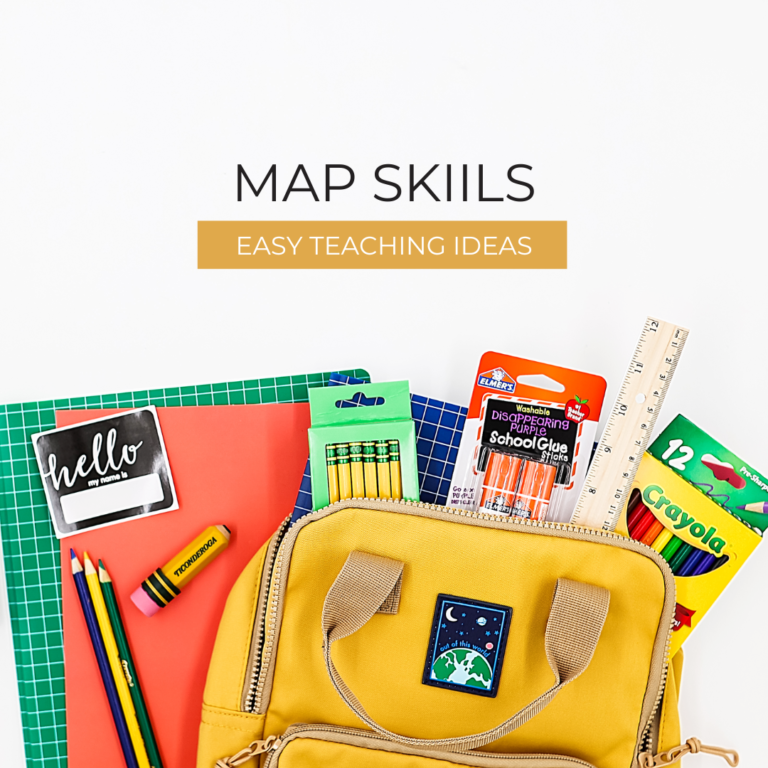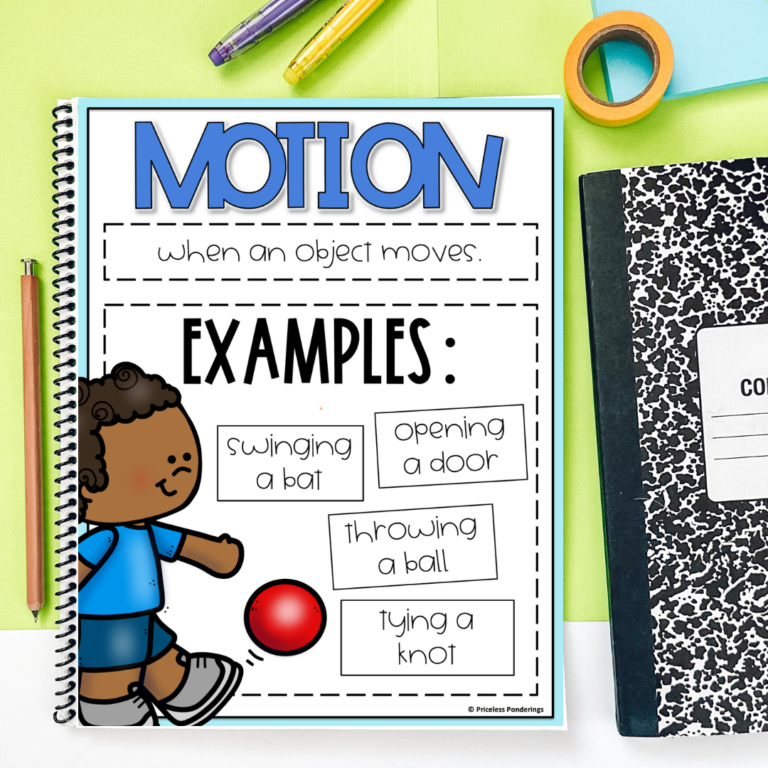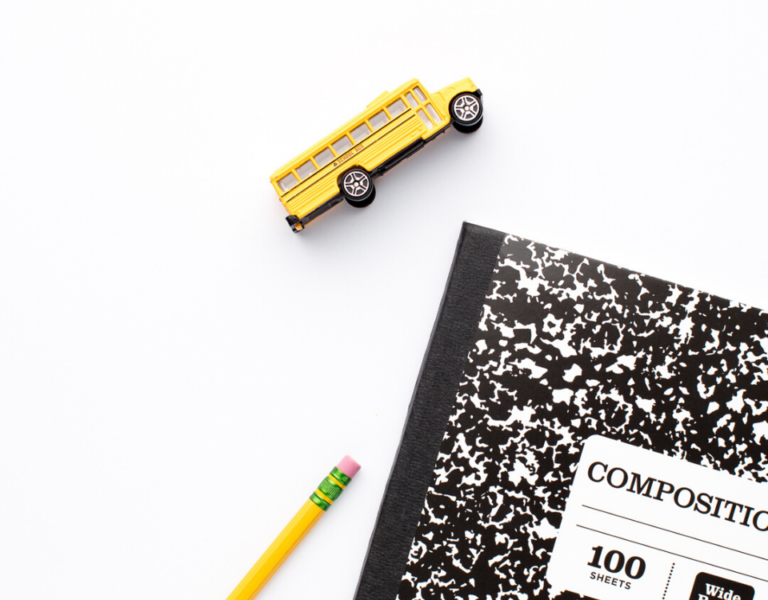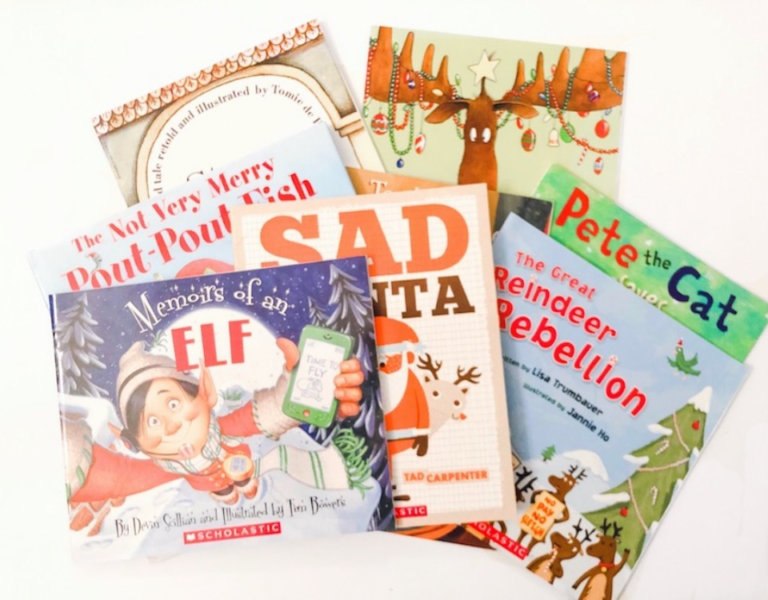7 Soil Activities for Kids They Will Love
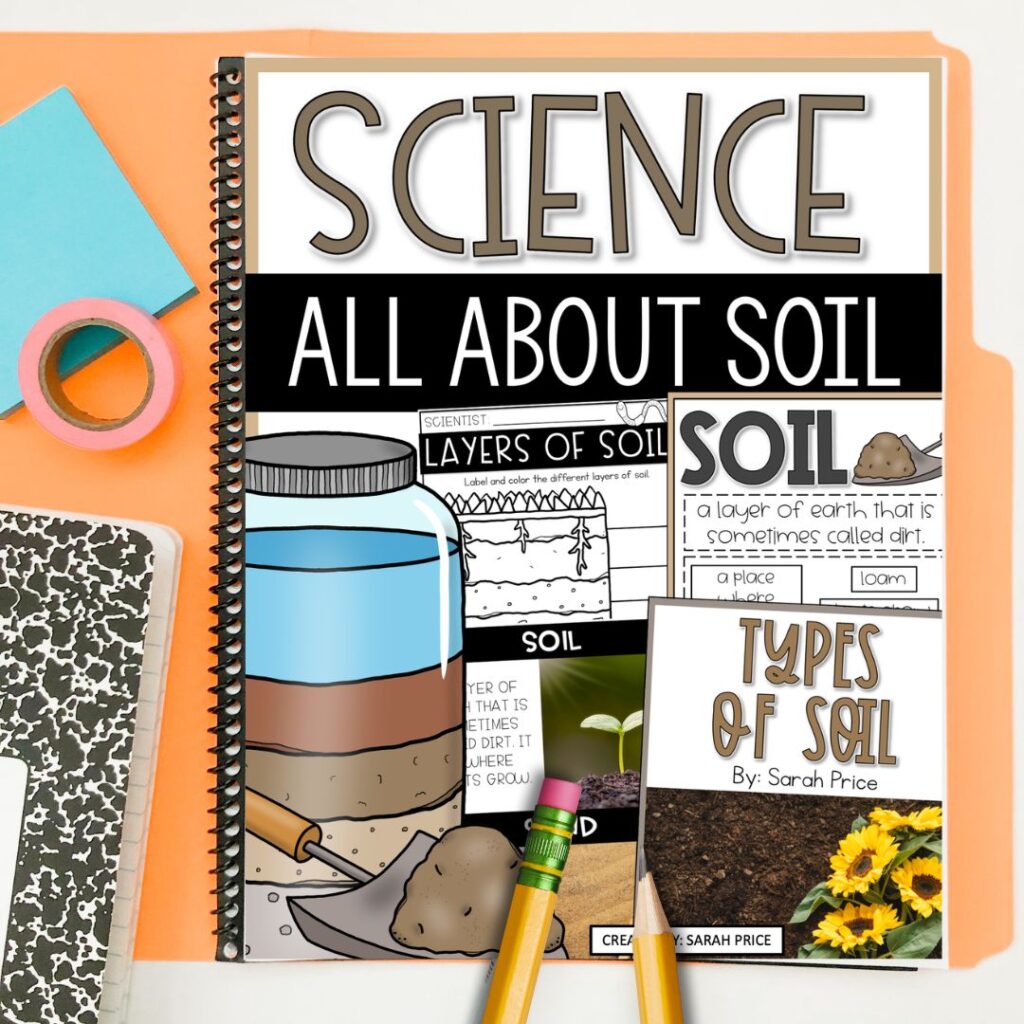
Teaching soil to 2nd and 3rd graders can be a lot of fun! Soil is an important part of our environment, and teaching children about it can help them understand the importance of taking care of it. Here are seven easy soil activities for kids you can use to teach soil to your students.
1. Soil Sorting Activity
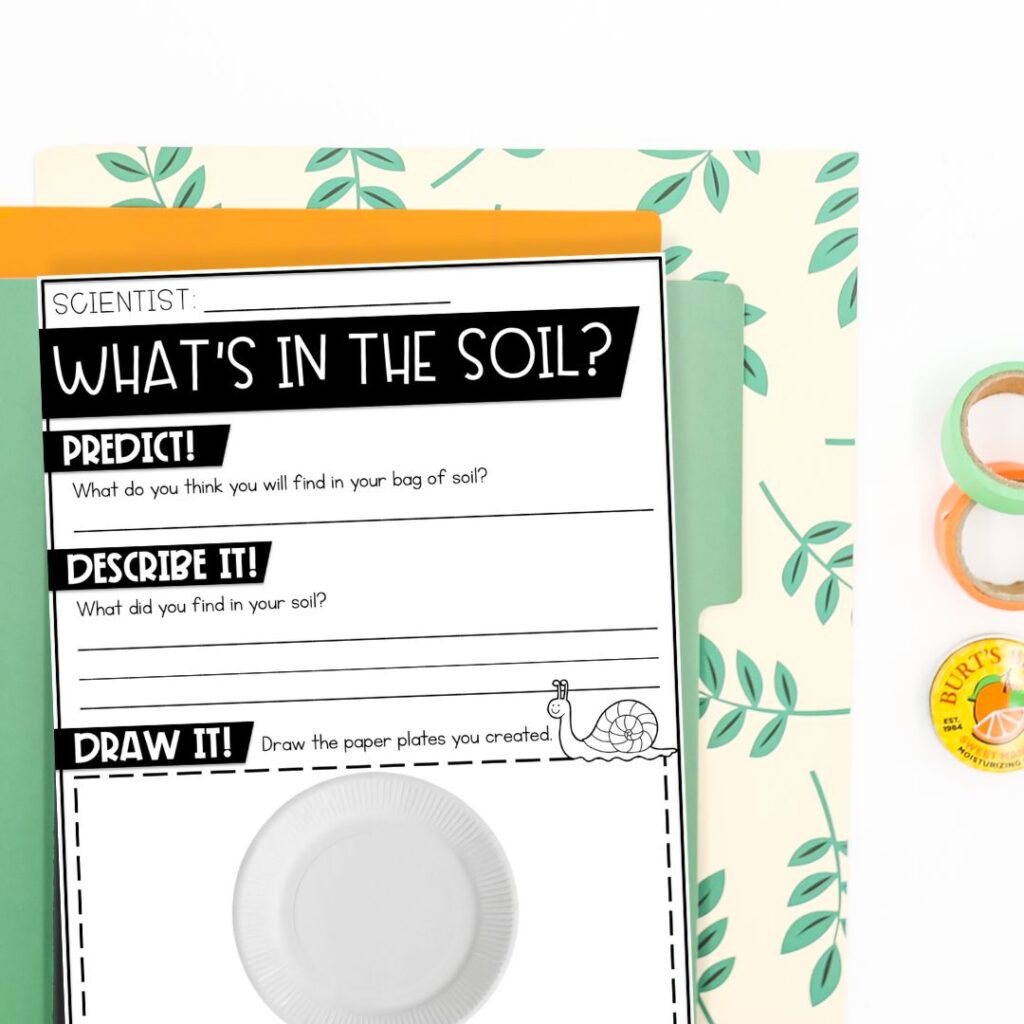
Doing a soil sorting activity is a great way to get your students to understand the composition of different soils. Start by providing each student with a cup of soil and a magnifying glass, then ask them to separate out any rocks or other items they find in the dirt. You can even provide them with a chart listing all the things they could potentially find in the soil so they can learn what goes into making it up.
2. Create Compost
When teaching younger kids about composting, it’s best to keep it simple by using items such as fruit peels and other organic materials that won’t take too long to break down into usable compost material. Have your students put their compost materials into an appropriate container (such as an old bucket or bin), add water to moisten it, stir it around every few days, and watch as it decomposes over time! This will help them understand how compost helps enrich the soil when gardening or farming.
3. Make a Soil Pie
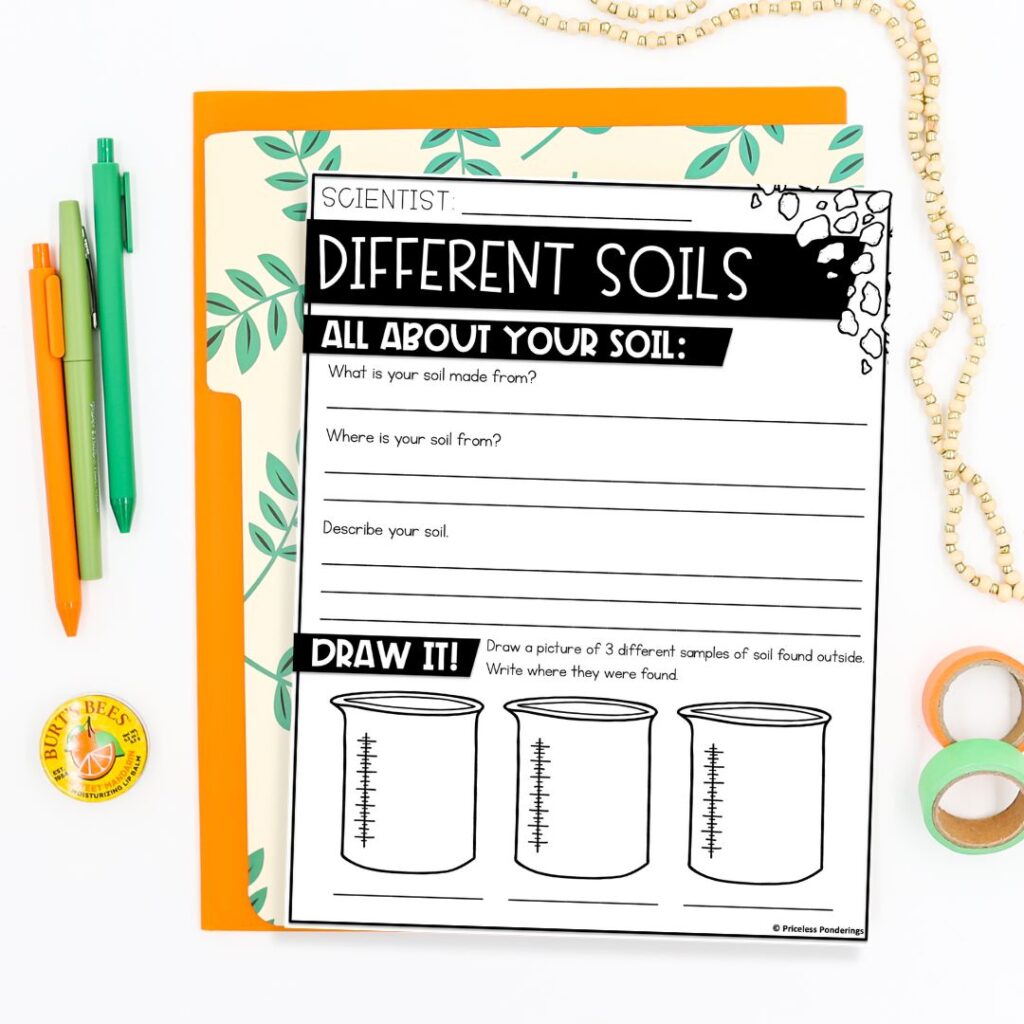
Start by having your students bring in different types of soil from home or outside the classroom (clay, sand, silt, soil). Have each student fill a pie tin with the different soils and then add water. The kids can then mix it up with their hands, creating a “soil pie” that looks like mud! Ask them questions about what they feel (e.g., Does this feel like clay? What does sand feel like? etc.).
You can also have them create anything from mini volcanoes (complete with “lava” flows) or miniature gardens complete with flowers made out of petals from fruits or vegetables they brought from home! Afterward, you can discuss why this type of earth is good for growing things like flowers or vegetables; then, have them wash off their hands before returning back to the classroom!
Snag a free roadmap to help you stay on track throughout the year when you are lesson planning. HERE!

Hopefully, you were able to gather some ideas to incorporate into your 2nd grade life science curriculum. To help you plan out your year, I also created a free yearly overview for science, which makes planning stress-free. Make sure to grab a copy to help simplify your lesson planning!
4. Build an Earthworm Farm
Earthworms play an essential role in recycling nutrients back into the soil, so building an earthworm farm is a great way to learn about worms and how they help create healthy soil for plants to grow in. You can make your own worm farm using recycled materials such as old egg cartons or plastic containers with holes drilled into them for air circulation. Once you have your worm farm, you can introduce worms into the container and watch as they start working on breaking down organic matter and enriching your soil!
5. Explore Rocks & Minerals
Give each student several rocks or minerals (preferably ones found locally) along with magnifying glasses so they can closely examine them for special features like color variations, hardness levels, etc. Then have them draw pictures of what they see under the magnifying glass—this will help them become more familiar with different types of rocks & minerals found in our local area & why these are essential components when making up different types of soils!
6. Do Soil Experiments
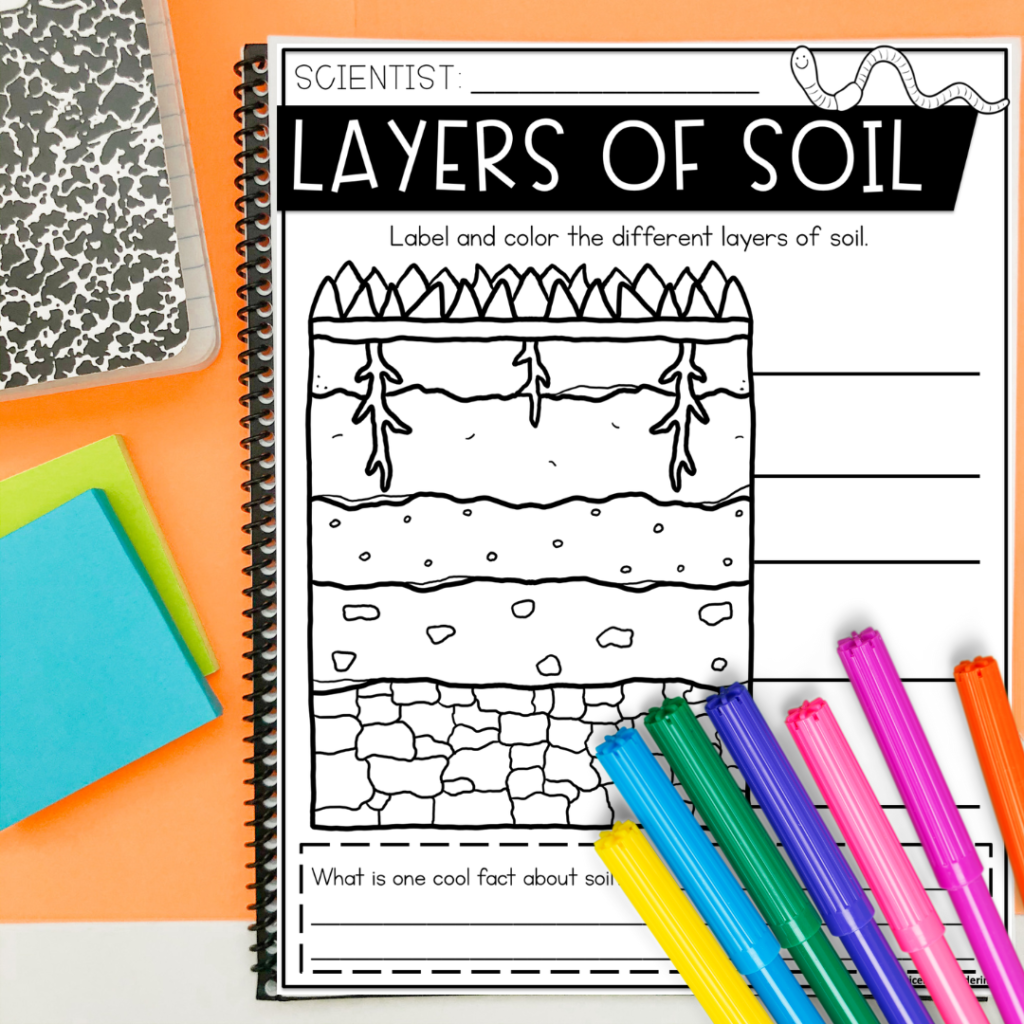
You can do many exciting experiments that focus on soil activities for kids. Experiments can help your students understand its properties better, such as testing for acidity level or finding out what type of material is present in the sample (e.g., gravel, clay particles). Doing these experiments will help show why some plants prefer certain types of soils over others—which leads us directly into our next activity…
7. Identify Different Plants’ Needs
Have your students research what type of soil certain plants need in order to thrive (for example, tomatoes need well-draining sandy loam, while cacti prefer dry sandy soils). Then have them look at pictures of the different kinds of soils to see which ones match up best with each type of plant! This activity will give your students an understanding of how important it is for plants to be planted in the right kind of environment if they are going to survive and flourish.
There are many ways teachers can create soil activities for kids, such as doing sorting activities, planting seeds, creating compost piles, making mud pies & exploring rocks & minerals found nearby! By allowing students opportunities for hands-on experiences while learning new concepts such as these, we not only build knowledge but also foster an understanding that will stick better in their minds than just hearing lectures on any given subject matter!
Soil activities for kids
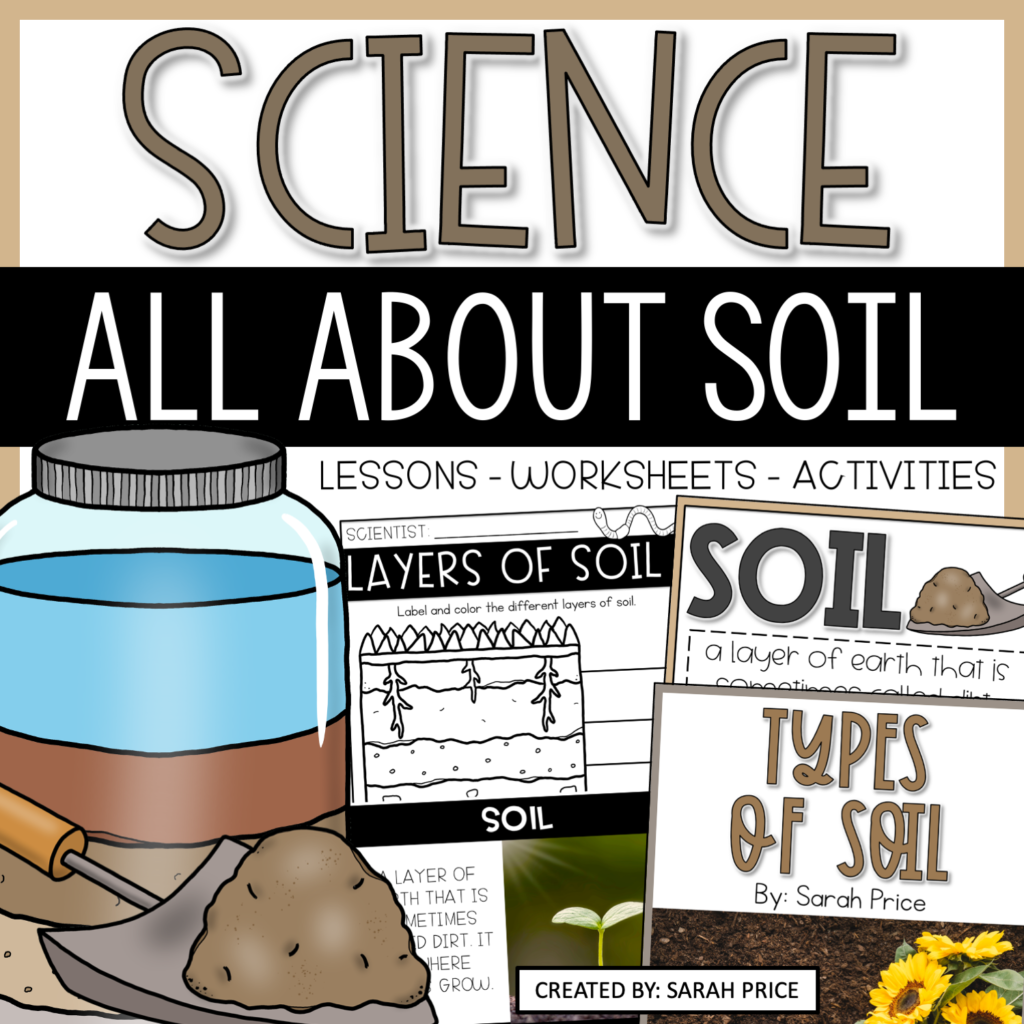
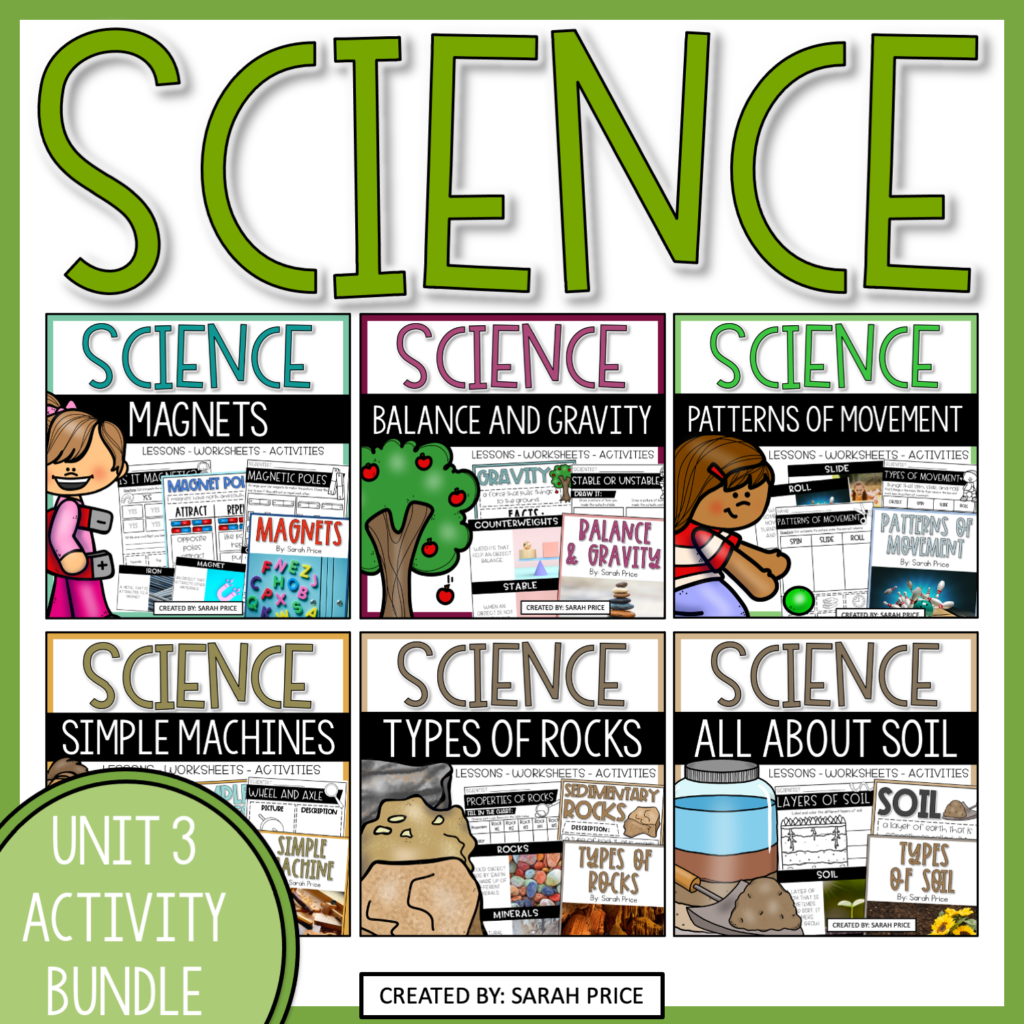
The above activities are easy yet effective ways teachers can use when introducing soil activities for kids into their lesson plans. If you are looking to save time planning your lessons grab a copy of my Soil Activity pack for some quick and easy worksheets. OR build a complete Earth science curriculum with the 6 weeks remade lesson pack.
For More Science Activities, Visit These Posts!
HANDS-ON POLLINATION ACTIVITIES FOR ELEMENTARY SCIENCE

